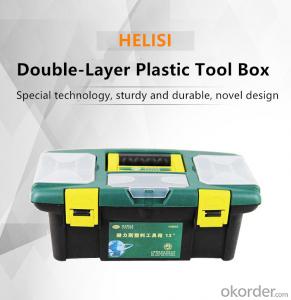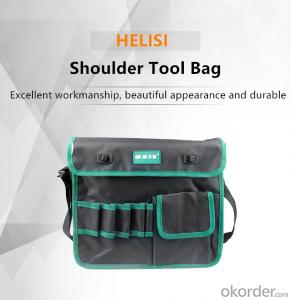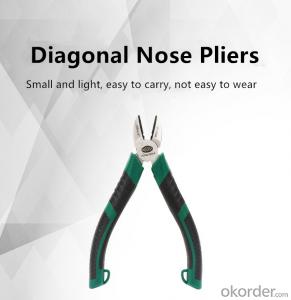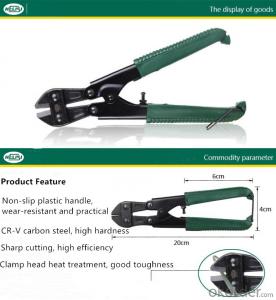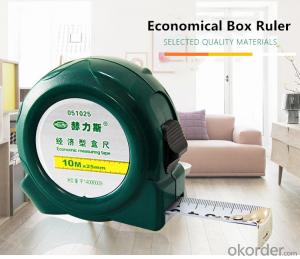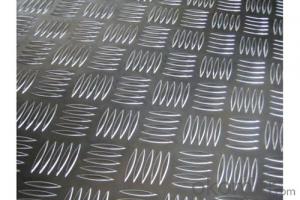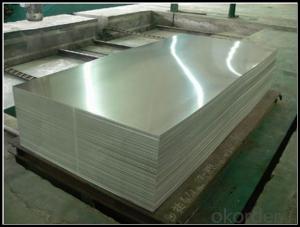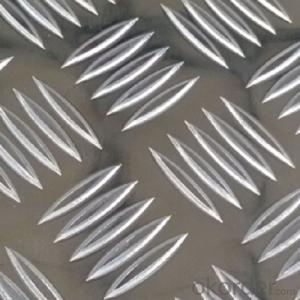Aluminum Tread Plate Tool Box
Aluminum Tread Plate Tool Box Related Searches
Led Light Bulbs For Ceiling Fixtures Led Lamps For Ceiling 42 In Ceiling Fan With Light Aluminum Coil Stock For Gutters Hole Saw For Aluminum Plate Aluminum Tread Plate For Trailer Bow Plate For Aluminum Boat Max Temp For Aluminum Foil Aluminum Foil For Key Fob Aluminum Foil For Hair FrizzHot Searches
Professional Keyboards For Sale Solar Product Price Multi Layer Insulation Price Buy Sheet Plastic White Plastic Folding Chairs Wholesale Black Plastic Plant Pots Wholesale Plastic Flower Buckets Wholesale Wholesale Plastic Folding Chairs Wholesale Plastic Hanging Baskets Plastic Planter Liners Wholesale Stock Price For Aluminum Aluminum Coil Stock For Sale Aluminum Gutter Coil For Sale Used Aluminum Scaffolding For Sale 1/4 Aluminum Plate For Sale Aluminum Bar Stock For Sale Aluminum Round Stock For Sale Aluminum Diamond Plate For Sale Aluminum Scaffolding For Sale Craigslist 6061 Aluminum Plate For SaleAluminum Tread Plate Tool Box Supplier & Manufacturer from China
Okorder.com is a professional Aluminum Tread Plate Tool Box supplier & manufacturer, offers integrated one-stop services including real-time quoting and online cargo tracking. We are funded by CNBM Group, a Fortune 500 enterprise and the largest Aluminum Tread Plate Tool Box firm in China.Hot Products
FAQ
- Normally, when I install a 30-amp dryer receptacle, the wire is #10 copper and I double over the end with lineman's pliers prior to landing it in the lug just to be extra tight. Today I replaced a dryer outlet wired with #8 aluminum SE. The quandaray I have is that the lugs seem made for #6 and the #8 just sort of flattens and divides under the screw. Is this safe? The doubling over move makes the wire way too thick for the lugs to close. I've been doing electric for many years and have never run into this. Should I go back and re-run the circuit (only about 30 feet) in #10 copper? What is the actual draw of a typical electric dryer on high heat, anyway? Thanks.
- Run 30 feet of 10-3 with ground or take a chance of heating up the dryer's receptacle? HM MM! I sure wouldn't have a problem making this decision. If you decide to leave the aluminum wire, at least put some NOLOX on it.
- The density of aluminum sheets is subject to variation based on the particular alloy and thickness of the sheet. On average, aluminum sheets have a density ranging from 2.6 to 2.8 grams per cubic centimeter (g/cm³). It is worth mentioning that this figure may undergo slight modifications as a result of the precise manufacturing process and any additional coatings or treatments administered to the sheets.
- Yes, aluminum sheet can be used for architectural applications. It is a versatile material that offers durability, lightweight properties, and corrosion resistance, making it suitable for various architectural projects such as facades, roofing, window frames, and decorative elements. Additionally, aluminum can be easily formed, fabricated, and finished to meet specific design requirements, making it a popular choice in the construction industry.
- 101 aluminum sheets are widely acknowledged to have excellent corrosion resistance in saltwater environments. Aluminum possesses inherent resistance to corrosion and when it encounters saltwater, it develops a protective oxide layer on its surface, which enhances its resistance to corrosion. This oxide layer functions as a shield, obstructing direct contact between the saltwater and the underlying metal, thereby decelerating the corrosion process. Nevertheless, it is crucial to acknowledge that prolonged exposure to saltwater can still result in some level of corrosion over time. Employing regular maintenance and applying protective coatings can significantly augment the corrosion resistance of 101 aluminum sheets in saltwater environments.
- (1) Aluminum is malleable. (2) Aluminum reacts with sulfuric acid.(3) Aluminum conducts an electric current.(4)Aluminum has a density of 2.698 g/cm3 at STP.Explain why.
- The answer is choice 2. Why? It's the only one that describes a chemical interaction. The other three describe physical properties of aluminum, that is properties that do not involve a change in the chemical identity of aluminum metal. In choices 1, 3, and 4, the aluminum metal remains as aluminum metal. However, in choice 2, the metal reacts and becomes aluminum ion.
- There are several disadvantages associated with using aluminum sheets. Firstly, aluminum is a relatively soft metal compared to other materials such as steel. This makes it more prone to denting and scratching, which can affect the overall appearance and structural integrity of the sheet. Secondly, aluminum is a highly reactive metal, especially in the presence of certain chemicals or harsh environments. It can easily corrode, leading to the formation of a white powdery substance called aluminum oxide. This corrosion can weaken the sheet and compromise its durability. Moreover, aluminum sheets are not as strong as steel sheets, which makes them less suitable for applications that require high strength and stiffness. In situations where heavy loads or extreme conditions are involved, aluminum sheets may not be able to provide the necessary structural support. Another drawback of aluminum sheets is their relatively high cost compared to other materials. The production process of aluminum involves several energy-intensive steps, making it more expensive to manufacture. This cost can be a limiting factor for projects with budget constraints. Additionally, aluminum sheets have poor thermal and electrical conductivity compared to other metals such as copper. This can be a disadvantage in applications where efficient heat transfer or electrical conductivity is required. Lastly, aluminum sheets have a lower melting point compared to steel, which limits their use in high-temperature applications. Exposing aluminum sheets to high temperatures can cause them to become weak or deform, compromising their structural integrity. Overall, while aluminum sheets have many advantages such as lightweight, corrosion resistance, and versatility, they also have several disadvantages that need to be considered depending on the specific application.
- Yes, 101 aluminum sheets can be used in HVAC systems. Aluminum is commonly used in HVAC systems due to its excellent thermal conductivity, corrosion resistance, and lightweight properties. The 101 aluminum alloy is a commonly used grade that provides good strength and ductility, making it suitable for HVAC applications. It is often used for fabricating ducts, air handlers, heat exchangers, and other components in HVAC systems. Additionally, aluminum sheets are easy to work with and can be easily formed and shaped according to the specific requirements of the HVAC system.
